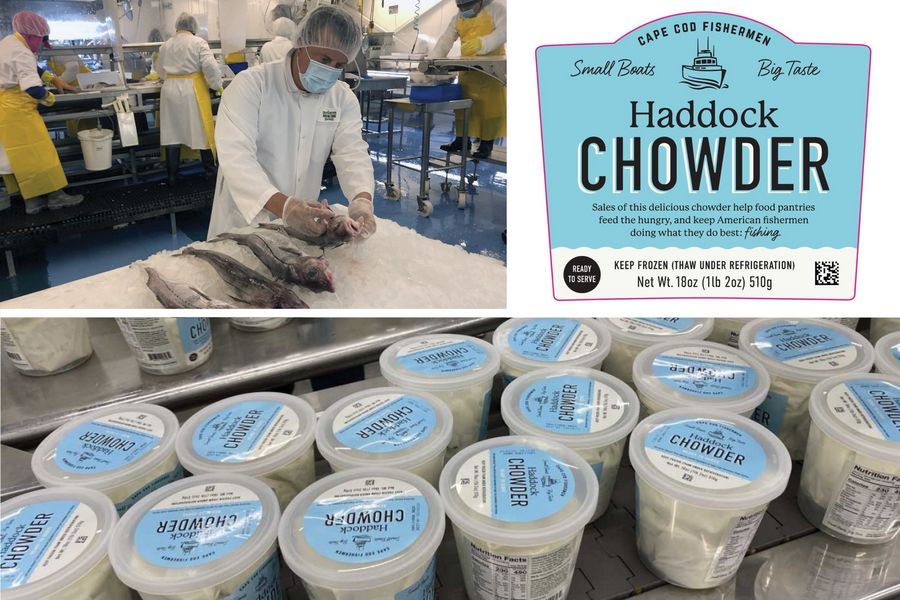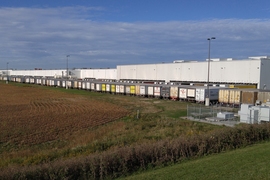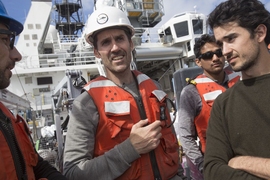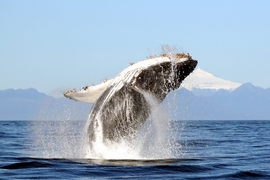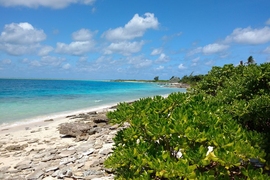According to the 2019 NOAA Report on the U.S. Ocean and Great Lakes Economy, Massachusetts is the largest single contributor to the Northeast Blue Economy, accounting for over one-third of the region’s ocean employment and gross domestic product. Challenges caused by Covid-19 have had damaging effects on the seafood industry and far-reaching impacts on the coastal communities that Sea Grant serves. In April, the National Sea Grant Office mobilized funding to support program responses to these challenges.
With closed restaurants and collapsed traditional markets, MIT Sea Grant applied Covid-19 Rapid Response funds to help bridge the divide and develop alternative markets and revenue streams for sustainable aquaculture and fisheries in Massachusetts, including a new project with the Cape Cod Commercial Fishermen’s Alliance (CCCFA): Saving a Community Fishery, Feeding a Population.
Seth Rolbein, director of the Cape Cod Fisheries Trust with the CCCFA, works directly with the small-boat independent fleet in the region. The program has worked with the Cape Cod fishing community for nearly 30 years, engaging with NOAA Fisheries Greater Atlantic Regional Fisheries Office, fishing regulators, scientists, stock assessors, and policymakers to ensure that the independent fishers don’t get shut out of the fishery.
But with Covid-19 came immediate concerns for the fleet of about 50 small boats. “The bottom fell out of the market,” Rolbein says. “Meanwhile, the whole overseas supply chain broke down.” Some found creative solutions like selling directly off boats with special permission from the state. The fishers he works with are used to uncertainty — whether it’s the weather, the price, the crew, or the equipment. “These are very resilient, smart, entrepreneurial, small business people,” says Rolbein. Still, the global pandemic added a challenging layer of uncertainty.
Seeking solutions, MIT Sea Grant first connected with the New England Fisheries Management Council, the Greater Boston Food Bank, and the Massachusetts Department of Agricultural Resources. “A unique strength in the MIT Sea Grant Program is our Advisory Group that has established and maintains a network of stakeholders — industry, state and federal agencies, academia, and the public — that drive and provide ideas for our [work],” says Michael Triantafyllou, MIT Sea Grant director and the Henry L. and Grace Doherty Professor of Ocean Science and Engineering.
Rob Vincent, assistant director for advisory services, found that there was interest in bringing local seafood into the Massachusetts Emergency Food Assistance Program, the MassGrown Initiative, and the private nonprofit food bank network. “We identified potential local fishing groups and the concept of a fisheries-to-food banks program to support the fishing community and families that depend on the state food bank system,” he says, “a need that expanded during the crisis as more people found themselves out of work.”
Next, Vincent reached out to the CCCFA. Five years ago, they created a program called Fish for Families, distributing over 50,000 pounds of fish through local food pantries. During Covid-19, they had the idea to scale up with a concept for haddock chowder that could be frozen and packaged in individual portions, branded "Small Boats, Big Taste".
“MIT Sea Grant has played a really instrumental role in helping to get us going and really allow us to build the first key phase of this whole project,” Rolbein says. MIT Sea Grant was able to connect the CCCFA with the greater food bank network and Department of Agriculture in Massachusetts, and provide initial funding to create a new market for small haddock, a challenging segment of the fishery. These haddock, although abundant, don’t fillet well, and fishers don’t get a great price for them. “The beauty of the chowder is you don’t put a single big fillet in,” says Rolbein. Historically, chowder and haddock were staples of the New England fishing industry. “It’s kind of a return to an old tradition.”
The aim is to create a good market for smaller haddock as a sustainable long-term model to support the fishing community and contribute to the food pantry system. John Pappalardo, CEO of the CCCFA, explains, “Fishermen will be paid a reliable fair market value for their landed haddock, allowing them to continue to work despite the pandemic’s many challenges.”
With the pandemic, Triantafyllou adds, “We felt an obligation to give back and help our stakeholders — especially our industry and fellow citizens in a time of crisis. We are very proud of this program.” In addition to compensating fishers for their harvest, the project now supports a whole chain of fish-related businesses and jobs. The haddock are filleted at the Boston processing facility Great Eastern Seafood, and the chowder is prepared in Lowell by a local soup company, the Plenus Group. Rolbein explains, “Both uses [of the funding] have direct impact and make it possible for Massachusetts-based fishermen to remain viable and working, despite serious market repercussions caused by the pandemic.”
To launch a program like this, Rolbein says, “Particularly if the goal is to support food banks, you need places like MIT Sea Grant that see the benefits of it and can support it.” Additional funding for the project comes from Catch Together, a nonprofit that works with small-boat fishing fleets around the country connecting locally-caught seafood with communities.
The haddock chowder program is already taking shape across the state, with aims to expand on a national level. The first donated batches, totaling around 36,000 pounds of haddock chowder, translate to 96,000 individual meals. “We just finished our second run of chowder, and we’ll probably be doing these once every three or four weeks,” Rolbein says. Oysters or quahogs could become the basis for the next round of chowder or stew. “We can slowly begin to diversify based on what fishermen need and what they have.”
As the CCCFA and innovative local fishing fleets navigate new challenges, programs like the MIT Sea Grant COVID Rapid Response Funding provide important opportunities to help keep them on the water and in business. The haddock chowder is more than a meal; it’s a recipe for resilience, livelihoods, sustainable ocean resources, and strengthened connections in our local communities and economies.
